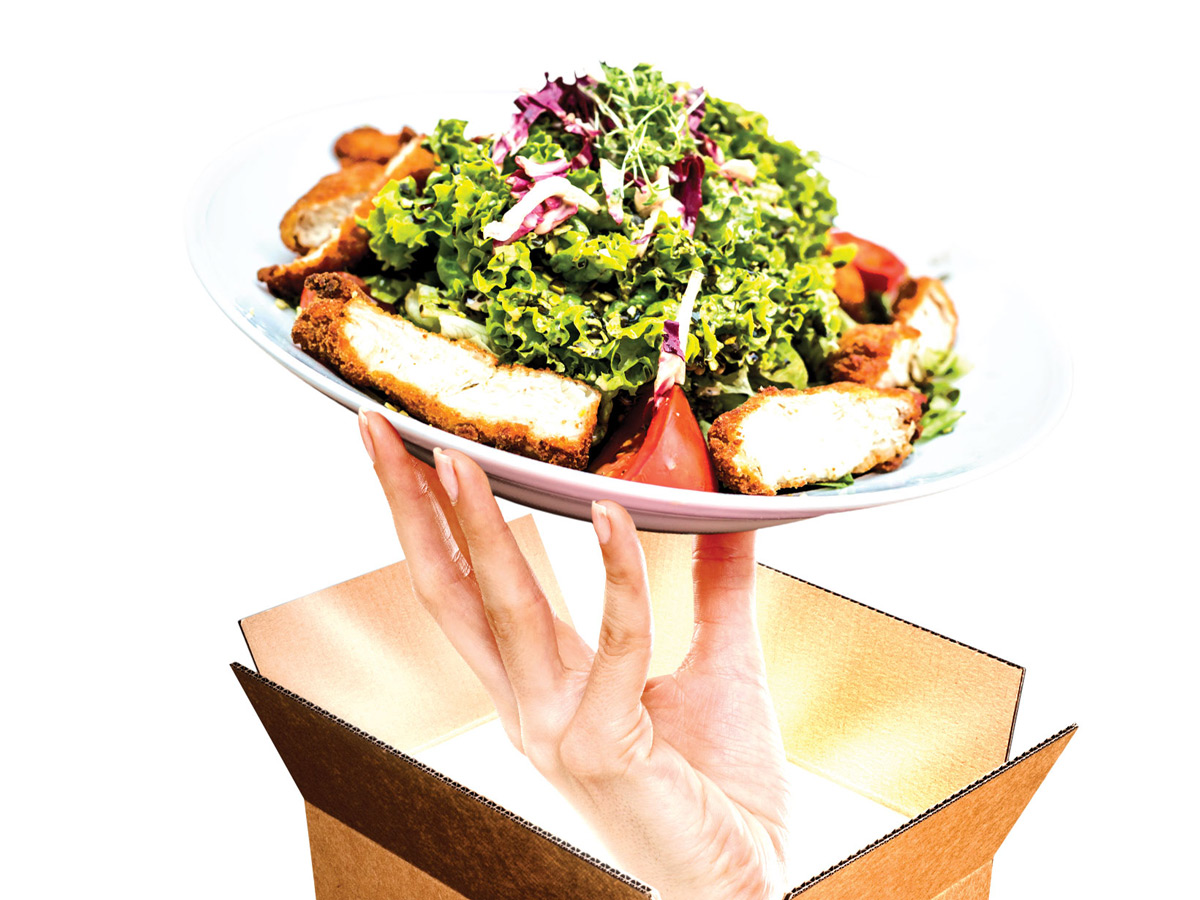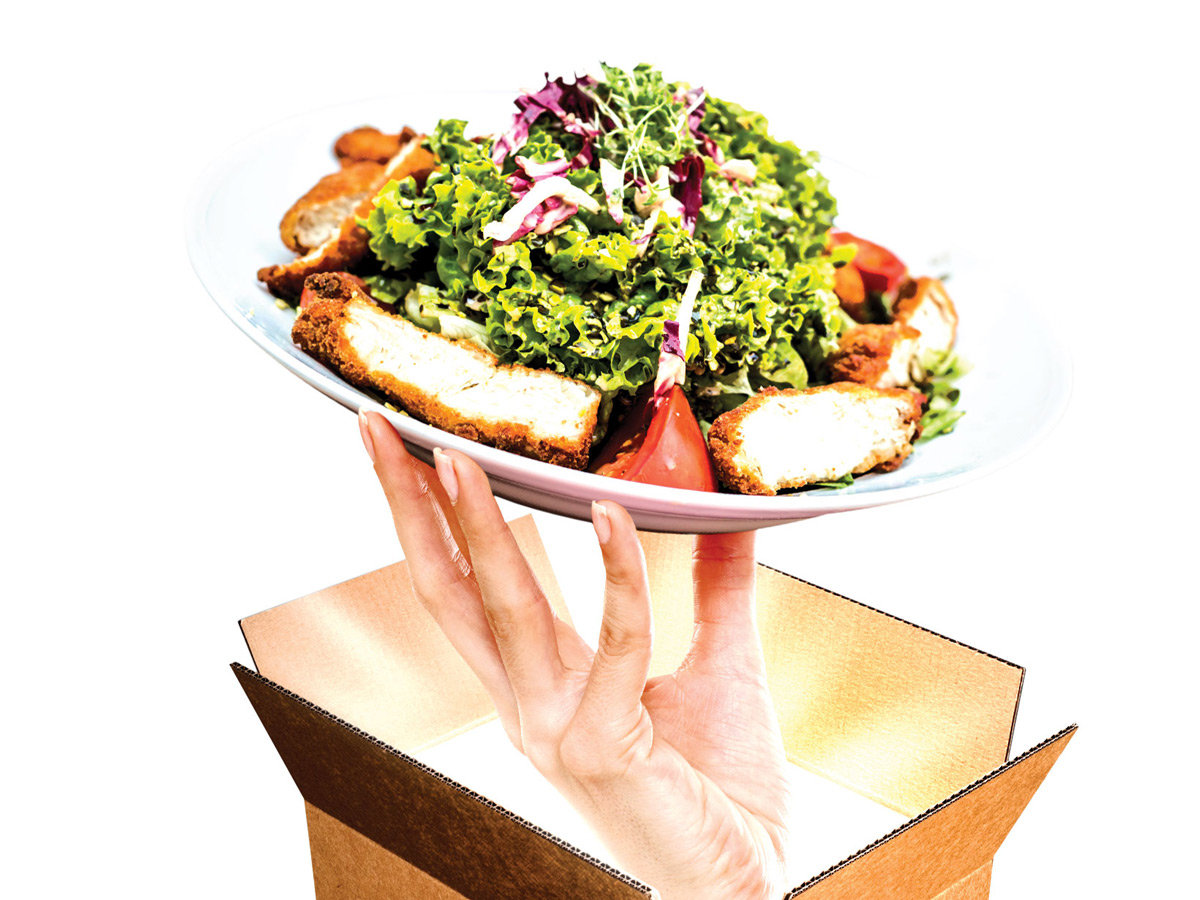
Inside the cut-throat meal kit market
 According to food-industry consultants Baum + Whiteman, more than 150 competitors are vying for a place in the global meal-kit economy (Getty)
According to food-industry consultants Baum + Whiteman, more than 150 competitors are vying for a place in the global meal-kit economy (Getty)
Chicken Milanese is a popular dinner option offered by HelloFresh, a Berlin-based meal-kit company that mails out recipes and the ingredients needed to make them to more than one million subscribers a week. The meal costs about $12 per serving and takes 35 minutes to prepare, making it a slower but healthier, homespun alternative to fast food (the chicken Milanese has a quarter fewer calories per serving than a Beyond Burger and fries from A&W, for example). During the daily gauntlet of kid pickups, dropoffs and, you know, having a job, who has time to run out and grab panko?
Meal-kit companies like HelloFresh are popping up everywhere, promising to take the thinking (and shopping) out of meal prep. According to food-industry consultants Baum + Whiteman, more than 150 competitors are vying for a place in the global meal-kit economy. The market is expected to be worth more than US$8 billion by 2025, representing a compound annual growth rate of 17.5 per cent, according to Hexa Research. That’s more than twice the growth rate of the grocery market as a whole.
Belying those tantalizing projections is a fraught, volatile space. According to the American research firm Packaged Facts, the growth of the meal-kit market is expected to slow significantly in 2023, down to single digits. That’s because substitute services—such as home delivery direct from grocery stores or via Amazon and Uber Eats—are proliferating. As e-commerce analyst Brittain Ladd predicted in a Forbes column, “by 2025, over half of all meal-kit companies operating today will go out of business,” and a winner-takes-all-environment will prevail.
Until 2017, Blue Apron looked set to be that winner. Launched in Long Island City in 2012, it was valued at $1 billion during its IPO, with a customer base growing by at least 20 per cent year over year. However, its stock price has since tanked—from US$140 to US$7.45—and its valuation has fallen by more than half, in part because it was running at a huge loss.
“This is a very tricky business. The average meal-kit customer will try at least three services.”
Just to stay afloat, many meal-kit companies are spending millions on marketing, promotions and free meals, says Sylvain Charlebois, director of the Agri-Food Analytics Lab at Dalhousie University. “It’s the type of fight for market share more typically seen in a mature, saturated market—say, Coke versus Pepsi,” he says. “Because shoppers have the luxury of so much choice, with little to no reason to be loyal to any particular company, providers are pushed to the limit just to have any customers at all.”
On top of fierce competition with each other, these companies also have to go up against grocery stores, which offer the same ingredients at a much lower cost, and restaurants, which, while more expensive, handle all the cooking and dishwashing.
Adam Ben-Aron, who runs a Toronto-based meal-kit company called Prepd, knows the struggle firsthand. “This is a very tricky business,” he says. “The average meal-kit customer will try at least three services. Unless someone really likes your services, they’ll simply jump ship to the next thing.”
A few small Canadian startups are standing out from the pack by picking a niche. Ben-Aron’s approach is to focus solely on his home city, incorporating hyper-local ingredients such as dumplings from Chinatown and meats from farms just north of the city. Kits cost about $10 per serving, and he says the company earns enough to sustain itself. Montreal’s Cook It, which recently expanded to Ontario, is one of the few companies offering dinners with up to six portions, as opposed to the usual two to four, to appeal to families.
A more sustainable strategy is to partner with existing grocery chains. “I don’t know how many companies will survive without it,” says Charlebois, adding that the best partnerships drive down shipping and distribution costs for meal-kit companies. The 2018 partnership between San Francisco-based Gobble and Walmart is a good example. Gobble, which has revenues of US$50 million but has never turned a profit, sells its kits through the big box’s e-commerce site, taking advantage of Walmart’s massive scale to boost sales by up to 70 per cent and to drive down costs. Walmart, on the other hand, benefits by adding a new, buzzy product to its online grocery sales in hopes of competing with Amazon, which is rolling out its own meal kits with subsidiary Whole Foods.
“Meal kits are still prohibitively expensive for a big chunk of the population. And many people are turned off by the unnecessary packaging.”
It’s too soon to say whether the partnership will be successful, but similar ventures have already failed. Blue Apron partnered with Costco to sell meal kits in stores, but the deal tanked after six months when Costco decided to simply offer customers fresh ingredients, rather than bundling those ingredients with pre-set recipes and charging a premium for the convenience and pretty packaging. “Meal kits are still prohibitively expensive for a big chunk of the population,” says Charlebois. “And many people are turned off by the unnecessary packaging.”
HelloFresh, meanwhile, has partnered with both Giant Food and Stop & Shop to sell in nearly 600 American grocery stores. That’s just one wedge of a strategy that appears to be edging out the rivals. The company competes well on both quality and price; it ships for free, a key advantage over Blue Apron. In the U.S., HelloFresh has approximately 36 per cent of the US$5-billion market, the largest single share.
In Canada, it is projected to have a whopping 60 per cent of the US$200-million market by the end of 2019, largely because the company acquired its largest Canadian challenger, Chefs Plate, in 2018 for between $50 and $100 million. (The next-largest player, Montreal’s Goodfood Market, has an estimated 30 per cent of the market, with more than 90,000 customers.)
Chefs Plate and HelloFresh are run separately and require separate subscriptions, with Chefs Plate focusing on simpler, lower-cost recipes and HelloFresh offering upmarket options. “For Canada, a dual-brand offering means we can provide customers more recipe options, more flavour profiles, and we can do so at a variety of price points,” says HelloFresh spokesperson Jonathan Motha-Pollock.
The formula might work. HelloFresh posted a profit in the second quarter of 2019. It’s the first such surplus in its seven-year history—and something that many of its 150 or so left-behinds will never see.